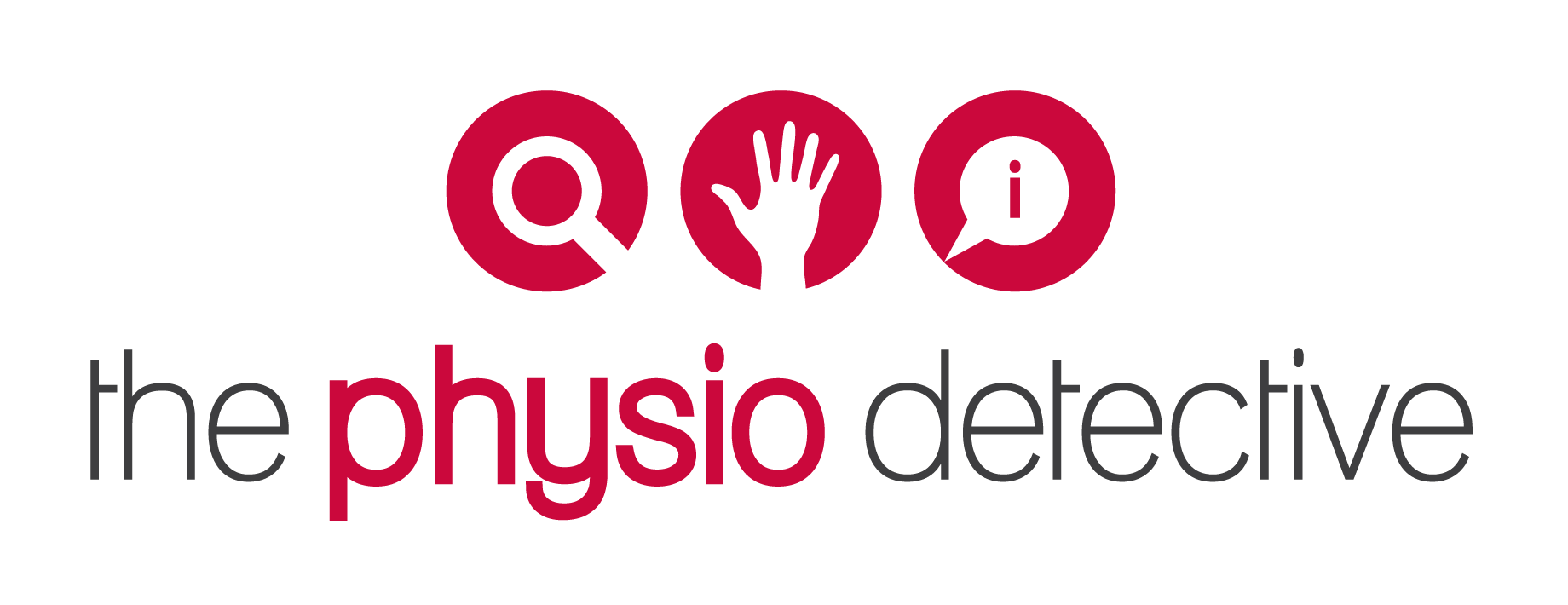How To Warm Up – Why moving first is best before rolling, stretching or stability training
Today is about moving - why you should move before doing anything else.
Often at a CrossFit gym near you, people show up - up to 30mins or more earlier, pull out a roller and start to roll their "stiff" legs out. Or they start stretching something sore. Or they might do their rehab stability exercises that their physio gave them.
All of that is well and good...but I like being efficient with my time...and I find stretching and little stability exercises boring!!
An Example:
So, if today's WOD has the following... Taken from www.CrossFitScorch.com 09.02.2014 WOD...
#Strength
Snatch - work up to a heavy double (power or squat)#Conditioning
'Dumbell Fran'21-15-9
Dumbell thrusters (20kg/12.5kg x2)
Pull ups
...then I will think about warming up for the following movements...
- Snatch - Basically overhead squat
- Thrusters - Basically a front squat and a push press
- Pull ups - Above the head pulling
So I am thinking
- I have to squat (ankle, knee, hip needs good mobility and flexibility, back needs stability)
- I have to have my hands wide overhead (Hands, wrists, shoulders need good mobility, flexibility and stability)
- I have to have my hands narrow overhead (Hands, wrists, shoulders need good mobility, flexibility and stability)
Therefore, to warm up, I would consider the following exercises to help me.
- Bear crawls (bent knees, I don't care if your bottom is up or low)
- This is a great way to warm up the hands, wrists, shoulders, hips and ankles
- Forwards, Backwards, Sideways Left and Right are all good!
- Squats
- If you are going to squat, you might as well squat!
- 12kg KB goblet squat works well, but even an air squat is just fine
- Take the time to focus on a body region for each rep - ankles, knees, hips etc etc - just making sure your technique is good
- Broomstick/PVC work
- I would start with some
- High hang power snatch,
- Hang power snatch
- Overhead squats
- Full snatch
- Thrusters
- I would start with some
- Pullup Bar work
- Hanging from the bar
- Jump pullups with a hold at the top
- Some gentle shoulder work to relocate my arms into the sockets - the "first pull" of a strict pullup...but without the shoulder blades working
- Strict pullups starting with a small jump and gradually over the next 3-5 reps getting stricter and stricter
- Then some kipping progressions into kipping/butterfly pullups
- THEN, if I needed to, I might consider
- Rolling out
- Using a ball (lacrosse, spikey, yoga tune-up, etc)
- Stretching***
- I would have to have a really good reason to stretch BEFORE doing work. Overstretching can make you a bit uncoordinated and can loosen you too much. I much prefer to leave stretching work until the end of the session
- If you REALLY must stretch, make sure you do something to safely load your joints up again like light jogging or push ups to get those joints "activated" again
- Obviously you can break the warm up into smaller pieces - save the thrusters and pullup warm up for later in the session
Another Example:
I used to play squash quite a bit. I would see people turn up and start stretching and going through their routines. They would stretch everything from their toes all the way to the neck, shoulders and arms and everything in between.
I used to turn up, grab a ball and my racquet and just start hitting the ball from close to the wall and gradually hit harder and deeper as the ball warmed up and so did I. Eventually I started hitting to shoulder height and then above the shoulder shots. Finally I would hit full shots and drills which required change of direction and running.
One day, I played against a patient. He did the usual routine as described above and I went straight on the court. He said to me "What are you doing!!?? You're a physio!! You should know better!! You should stretch first!!"That's when I explained to him why I did what I did.
Why I recommend movement before stretching...
- The research suggests that stretching doesn't prevent injuries. Stretching may even inhibit performance!
- Flexibility is important but if you start "cold", you have to improve your mobility (your ability to move with what range of motion you already have within your flexibility limits) before you can improve your flexibility. Stretching is an inefficient way to improve mobility... movement is far more efficient
- Moving through the range-of-motion you intend to use is specific to the task and doing so gradually allows your brain to coordinate the passive elements (ligaments, joint capsule) with the active elements (muscle, tendons etc) which in turn warms up the whole system (your joints, muscles, nerves, coordination, technique, mind, etc), not just one part of the system (muscles)!
But don't trust me! TRY IT YOURSELF and decide for yourself.
I have found that I have to spend less time stretching if I am already warm than if I started "cold" - it is simply more efficient!
Summary:
- Moving before stretching is the best way to improve your mobility. If you are going to squat, then squat. If you are going to press, then press (start with a broomstick!)
- Be specific in what you are doing. Practice movements that look like what you will be doing!
- Go by what works. If you try both ways and prefer to stretch when cold, then don't let me stop you...just do the experiments and try different ways to find out what works best for you!
